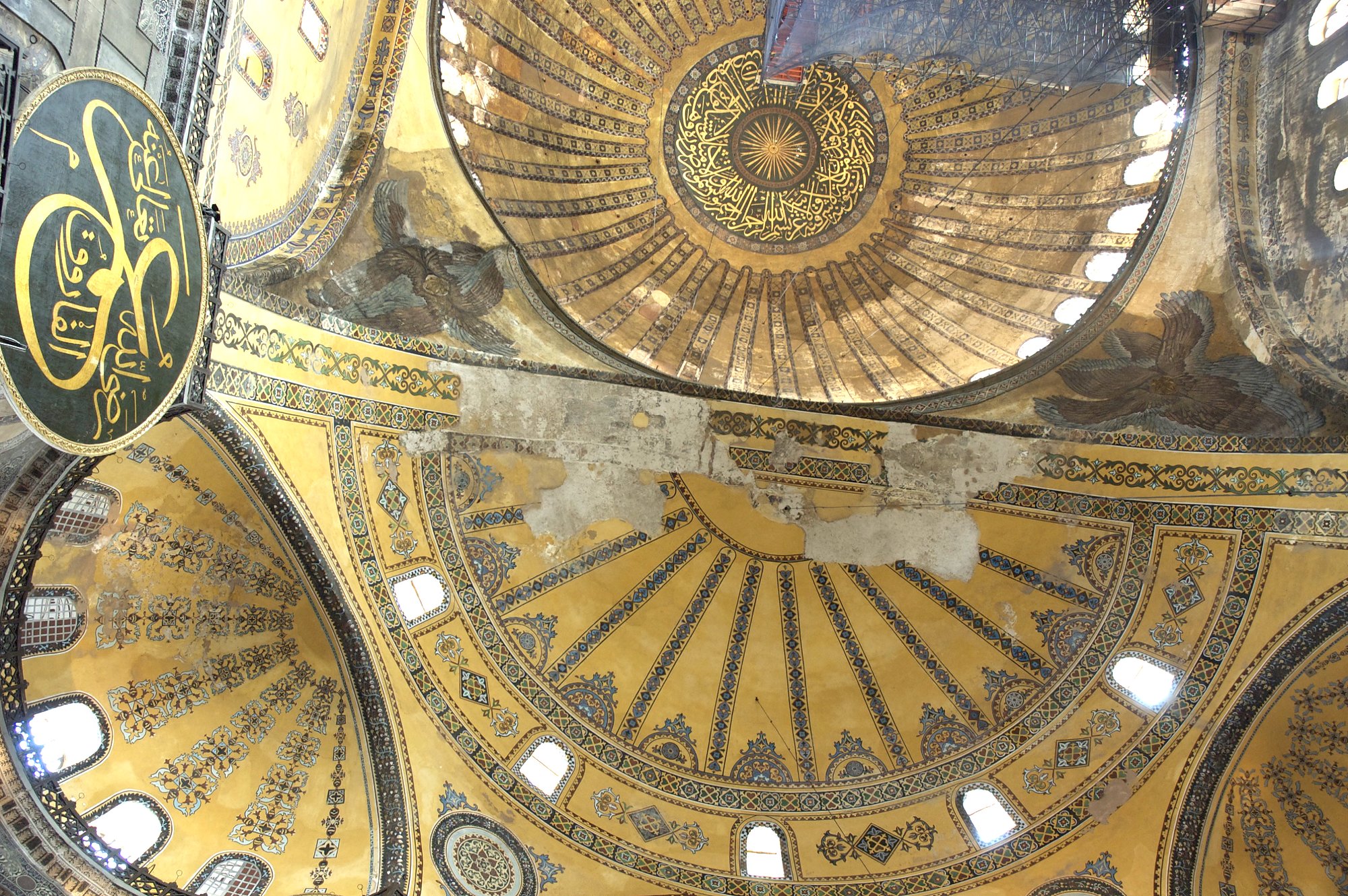Welcome From Bridge Projects’ Chair

The opening show of any gallery or kunsthalle is crucial. It sets the tone. It tells the world what this exhibition space is all about. It’s a kind of calling card. Bridge Projects is no different. With Phillip K. Smith III’s 10 Columns, we announce our commitment to contemporary art that brings people together rather than driving them apart. We live in polarized times. We believe art can break down barriers rather than build them.
The play of light, space, color, and change in his work is much like he is—a moving force committed to giving every person a unique experience of beauty. As I’ve looked at Smith’s work and reflected on our conversation, I can’t help but parallel his desert experiences with my own growing up in Iowa. As in the desert he so loves, the horizon in Iowa is clear, definite, defined, surrounded by the vastness of space. As in the desert, the Iowa sky is huge, unbroken by man-made skylines. Where the colors of the earth in Iowa change from corn green to harvest brown to naked black to snow white and back to the golden green of spring, the colors of the desert also change—with the play of sunlight and shadow and with the subtle shifts of the seasons. And, like the Iowa landscape, the desert is ever changing from moment to moment. Smith’s inspiration makes sense to me.
There is also an ancient aspect to his work. Smith has been called an alchemist and a magician of light, compared to artists James Turrell and Dan Flavin. But, like them and not like them, Smith creates almost sacred spaces. His work is Byzantine. In the great Byzantine church Hagia Sophia in Istanbul (completed in 537 CE), the main icon is light, the light of the cloud of the glory of God described in the Pentateuch. The church was a collaboration between theologians, architects, and opticians. At certain times of day, the light there hovers beneath the great dome, surrounding worshippers with constantly moving light. The Byzantines described the experience as “being in beauty.” Smith accomplishes much the same thing; no one experiences his work the way anyone else does. In his outdoor work, the sun and sky or the moon and stars morph from one second to the next. As you walk through the space, you are part of the work. Not only is the work changing, so is your perspective with each step you take.
In 10 Columns, Smith transforms a 7,000-square-foot warehouse space into an ever-changing experience of light—not so different from Hagia Sophia. You step into the space and you are transformed. Smith says that his art is providing the opportunity for “powerful, memorable experiences that we can’t really explain.” In a world where there are too many explanations for everything, art that takes us to the places we cannot explain is liberating.
In an interview in September 2016, Smith told Franceasca Seiden of Whitehot Magazine, that he was both scientist, breaking down experience into its base elements, and magician, interested in mystery, discovery, timelessness, and memorable experiences. For him, somewhere in the midst of these two is a space of sublime beauty. He explained:
However, there are moments of universal beauty, of shared experience, of discovering experiences that bond all of us together as human beings. Light is most often at the root of these experiences. It’s these moments of beauty, purity, and universality that I’m seeking to create.
And, that is just what he has done with 10 Columns. Bridge Projects is all about making such experiences possible.
Welcome.
Roberta Green Ahmanson
Chair, Bridge Projects